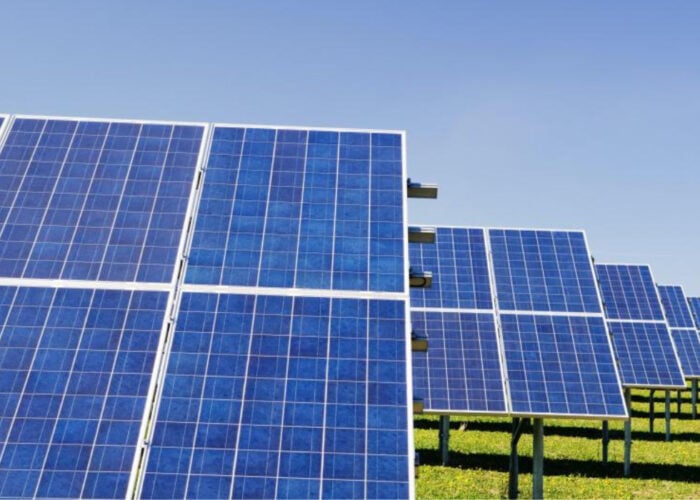The capacity of solar PV projects within the UK, scheduled for ground-mount construction, has grown significantly over the past 12 months, and now exceeds the 4GW level, according to new research outlined within the NPD Solarbuzz UK Deal Tracker project database.
There are now over 700 ground-mount projects above 250kW in size, of which approximately 30% have been fully completed until now. Over 480 ground-mount projects therefore fall into the project pipeline, with the capacity of these projects now exceeding 4GW.
Unlock unlimited access for 12 whole months of distinctive global analysis
Photovoltaics International is now included.
- Regular insight and analysis of the industry’s biggest developments
- In-depth interviews with the industry’s leading figures
- Unlimited digital access to the PV Tech Power journal catalogue
- Unlimited digital access to the Photovoltaics International journal catalogue
- Access to more than 1,000 technical papers
- Discounts on Solar Media’s portfolio of events, in-person and virtual
In order to gain greater clarity in forecasting deployment over the next few quarters under ROC banding, it helps to further segment these projects across a range of categories:
• Pre-planning or screening application
• Pending planning application decision (Application submitted)
• Three different planning application approved sub-categories (delayed/terminated, awaiting ground-breaking, being installed)
• Planning application withdrawn
• Planning application rejected
This set of categories adds to 4.3GW (see figure). This is dominated by projects yet to have planning applications adjudicated on by local councils. Almost 2.5GW, more than 50%, of the 4.3GW capacity falls under these two groupings.
Indeed, this captures the real sentiment of what is going on at the grass roots level within the UK solar PV industry. It provides a sobering contrast to the record ground-mount solar PV deployment that will be offered by the UK market between now and 31 March 2014.
With more than 250MW falling under the rejected category (or withdrawn when rejection was most likely) until now, it will be interesting to see how much of the 2.5GW ends up the same way.
While ultimately devolved to the local council level (aside from appeals), the fate of the 2.5GW of pending applications will give an indication of what could be expected under the post solar strategy climate from DECC.
There are several case-studies within this 2.5GW that will send out strong messages to a solar PV community in the UK that is somewhat in limbo regarding crystal-clear messaging from a complex cross-party grouping of George Osborne, DECC, local councils and (when called upon) Eric Pickles (secretary of state for communities and local government).
For how long do project developers need to offer sweeteners to local villages in the form of financial incentives, prior to awaiting the outcome of the council vote? Is everyone following the same set of guidelines when determining site suitability?
One thing remains certain, the UK solar PV pipeline is growing by the day. Way more applications are being started than the sum of those approved/rejected/terminated/completed. Supporting this drive is new money from a host of sources (investment portfolios, crowdfunding, etc.) hitherto absent from the solar PV industry in the UK.
The corporate engine championing UK solar PV is clearly snowballing and providing a collective lobbying voice that will continue to heap the pressure on policy makers to deal with the planning application process, and just how much solar PV on the ground is wanted (not tolerated).
For now however, the fate of the 2.5GW pipeline appears to be largely at the discretion of middle-England local councillors. At the project specific level, this may be understandable: but with £2.5-3 billion of up-front financing underpinning these projects, a more robust framework is surely required to create the basis for longer term planning for the UK solar PV industry and drive the economy of scale cost reductions essential for investors and politicians alike.







